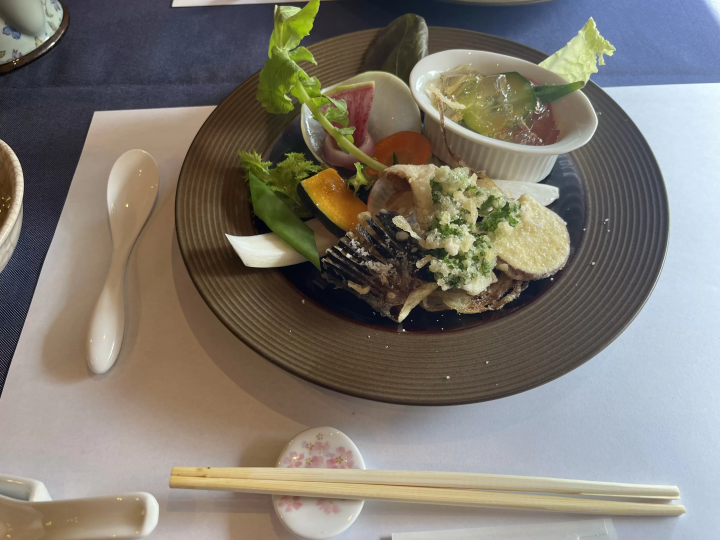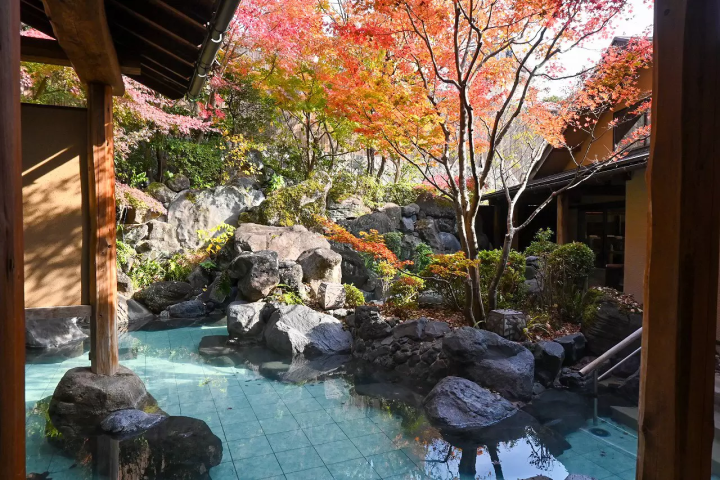Dashi and Tsuyu - Japanese Encyclopedia

Dashi is a type of stock essential to Japanese cuisine. Used in tempura, miso soup, ramen, and everything in between, dashi has the savory, umami flavors that make Japanese food taste so delicious. Tsuyu is a dipping sauce with a dashi base. Read to learn about these foundations in washoku cooking.
Dashi and Tsuyu: Two Essential Ingredients in Japanese Cuisine
Dashi a type of soup stock, or flavoring made up of savory, umami* tastes from katsuo (bonito), konbu (kelp), and other ingredients, and is the foundation of nearly all Japanese dishes. Japanese dashi is where the concentration of the food is located, and where its constituent fragrances begin to dissolve. Dashi also prevents an excess of flavor or any unpleasant flavors of a dish from coming out of the foods when prepared correctly. Tsuyu is another central ingredient in Japanese dishes, made by adding soy sauce, mirin rice wine, and other ingredients to dashi. Tsuyu is used often as a dipping sauce for everything from tempura to udon, to soba noodles.
*Umami: one of the five basic tastes (sweet, sour, bitter, and salty), that generally refers to a "nice savory taste;" this is the main way of describing a standard dashi's taste.
Main Ingredients: Konbu and Katsuobushi

Picture from A Taste Of Japan - How To Make Dashi, A Base Ingredient In Japanese Cuisine
Japanese dashi tends to be made using two main ingredients: konbu, a type of kelp, and katsuobushi, dried and sliced bonito. Dashi stock containing both these ingredients is the most commonly used. However, you can find dashi made only of konbu (kelp) that is vegetarian and vegan-friendly. There is also katsuo dashi, too, which contains bonito only.
Kombu dashi has glutamic acidity (similar to the flavor of glutamates) in it and is made from dried kombu that is slowly soaked in gently heated water for several hours.
Katsuobushi dashi is made from dried and sliced bonito; this bonito is prepared by first heat-drying and preserving bonito until it has hardened into a solid, almost wood-like form, then slicing it paper-thin with a special cutting tool. These paper-thin shreds of dried bonito are then boiled in water, and then strained out from the resulting stock; the main taste or ingredient in this dish is inosinic acid, which is a natural flavor enhancer.
As mentioned earlier, Japanese cuisine usually uses both kombu dashi and katsuobushi dashi (when combined, this stock is referred to as "awasedashi"). Dashi provides the two fundamental savory flavors, leading to simmered dishes and soups that are incredibly flavorful.
There are other types of dashi as well: niboshi, which is made from simmered small sardines and other fish, and hoshi-shiitake, which comes from dried shiitake mushrooms and others. There are many kinds of dashi that are unique to Japanese cooking.
Tsuyu - Adding Flavoring to Dashi to Make a Dipping Sauce

Using dashi as a base, tsuyu is created by adding soy sauce, mirin, rice wine, sugar, and other ingredients. There are infinite numbers of combinations that lead to numerous different flavors and cooking techniques even within Japanese cooking.
The majority of Japanese noodle dishes, such as udon, soba, and somen, are made using mentsuyu (noodle tsuyu), while hot pot dishes require nabe tsuyu (pot tsuyu). If only dashi were used in these dishes, the savory taste of the foods would be lost. When dashi is mixed with other ingredients to create tsuyu, the color becomes darker and the flavor deepens.
Until not too long ago, both dashi and tsuyu were typically homemade in Japan. Now, however, powdered and liquid dashi can also be bought in supermarkets and convenience stores around the country. It is up to cook to decide which they prefer to use.
This is the official account of MATCHA's editorial department. Our articles feature useful travel information for visitors to Japan, from how-to guides to recommended places to visit.





































![[Coupons available] We're open even during the New Year holidays! We'll bring you information on our New Year's sale!](https://resources.matcha-jp.com/resize/720x2000/2025/12/26-254137.webp)

![[For beginners and debutants] Special feature on recommended ski resorts and ski tours!](https://resources.matcha-jp.com/resize/720x2000/2025/12/26-254120.webp)
